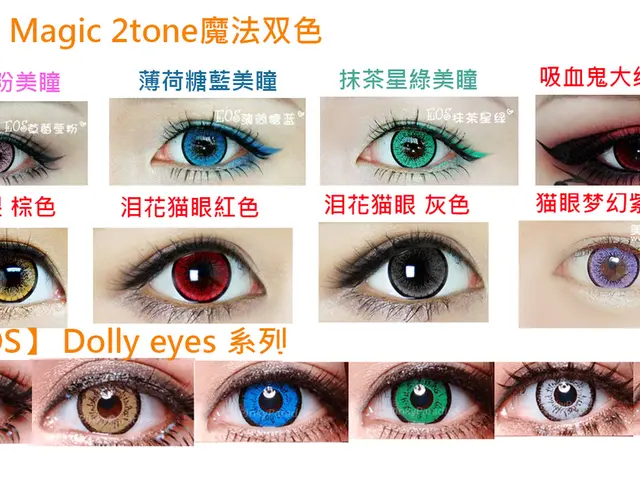Comparing video editing software: DaVinci Resolve vs Adobe Premiere Pro - which one is the superior choice?
In the realm of video editing, two names stand out: Adobe Premiere Pro and DaVinci Resolve. Both have carved a niche for themselves in the market, each offering unique features that cater to different needs.
First introduced in 1991, Adobe Premiere Pro was one of the earliest non-linear editing systems, exclusively for MacOS. Over the years, it has evolved to become a versatile tool, now available through a subscription, either as the software itself or as part of the Adobe Creative Cloud bundle. On the other hand, DaVinci Resolve, initially a colour correction tool, was released in 2004. It started as a complement to programs like Premiere Pro and Final Cut Pro, but has since grown into a non-linear editing platform with features comparable to Premiere Pro.
User Interface
Adobe Premiere Pro boasts a beginner-friendly interface with a customizable workspace. Its smooth UI interaction and pre-made templates, particularly strong for titles and graphics, make it easy for new users to get started quickly. In contrast, DaVinci Resolve's interface is powerful but considered more complex. It uses a node-based system for color grading, offering flexibility but with a steeper learning curve.
Audio Editing
When it comes to audio editing, Adobe Premiere Pro offers strong tools integrated as part of the Adobe Creative Cloud ecosystem. It is suitable for professional sound editing with familiar Adobe audio plugins and workspace. DaVinci Resolve, however, offers robust audio post-production options, including Fairlight audio tools built-in. It is well regarded for comprehensive audio editing within the video workflow, especially for film and TV production.
Video Effects
Adobe Premiere Pro has more built-in effects and a larger library of templates and presets for graphics and titles. It excels in quick creative effects and motion graphics due to its tight integration with Adobe tools such as After Effects. DaVinci Resolve, on the other hand, has an extensive visual effects library and sophisticated compositing capabilities. However, these may be more complex for beginners.
Color Grading
In the realm of color grading, DaVinci Resolve is considered the industry standard. It offers a powerful node-based grading workflow and AI-assisted Smart Auto tools, providing cinematic-level color correction and grading. Adobe Premiere Pro, while capable, is generally less specialized in this area.
Additional Context
It's worth noting that Premiere Pro generally runs better on a wider range of PCs since it relies more on the CPU, while DaVinci Resolve is more GPU intensive, requiring stronger hardware for smooth performance. DaVinci Resolve's integration with Blackmagic Design hardware boosts performance and image quality, making it popular for film and television projects requiring high-end post-production workflows.
Pricing and Trial
A 7-day trial of Premiere Pro is available, while a free version of DaVinci Resolve supports video editing up to 4K and 60fps. More editing tools and features require purchasing DaVinci Resolve Studio. Adobe Creative Cloud subscribers have seamless integration with Audition, a software dedicated to audio editing and mixing.
In conclusion, Adobe Premiere Pro is more beginner-friendly with strong graphics and audio editing capabilities, while DaVinci Resolve offers superior professional color grading and audio post-production tools with a more complex UI suited for detailed workflows. The choice between the two depends on the user's specific needs and skill level.
[1]: Source 1 [2]: Source 2 [3]: Source 3 [4]: Source 4 [5]: Source 5
- Technology, specifically video editing software, has been instrumental in shaping the creative industry, with Adobe Premiere Pro and DaVinci Resolve being two leading names that have evolved over the years to offer unique features tailored to different requirements.
- Both Adobe Premiere Pro and DaVinci Resolve are backed by advanced technology, catering to diverse needs. Adobe Premiere Pro, with its user-friendly interface and strong integration with creative tools, is suitable for beginners, while DaVinci Resolve, renowned for its advanced color grading capabilities, is favored by professionals working on high-end post-production projects.




